I recently read an article on research data analysis and the low percentage of original studies that can be replicated. In this case, 76% of studies on chemotherapy drugs routinely used for cancer could not be reproduced as originally claimed. This illustrates a pervasive pattern of bias in research outcomes and that research alone is not the end all in effective care. Knowing this, it is also important to rely on our observational skills and common sense.
For instance, we must trust that a parachute saves lives before we jump out of an airplane. Through inference we know this to be true even though there are no randomized, double blind, controlled studies, or tweaked data to prove or disprove the theory. Regardless of a P value, I am sure that 99.9% of doctors will not volunteer to be the subject in this study without a parachute.
From a mix of data and inference, we formulate and rely upon strategies and tools to administer our best care. To rise above our competitors, our outcomes must be measured throughout a range of improving provocative tests. To excel beyond the average, our procedures and protocols must be swift, predictable, reproducible and dependable. And to save our patient’s from the pain med addiction epidemic, we must define our progress in “real time” and not just through repetition and hope.
Think of the impression we make when our patients feel an immediate and profound improvement in their condition. I see and hear it every time I use my favorite “tool kit” to treat patients: “The doctor found my problem, understands my needs, is on the right track, can restore my life and I know others who need his or her help”. Our patients are not clueless: They know we cannot “fix” a problem in one treatment, even if we can turn it off in one visit. On the other hand, they also know that a quick start makes for a winning strategy in pain relief and wellness.
Contrary to our gut response, faster and more effective outcomes do not reduce care plans. Nor do they reduce patient visits or income. Powerful outcomes merely lead to successful “everything”. They broaden the number of conditions we can effectively treat, increase our “gate keeper” position, our referrals and income and save us thousands in marketing costs. They also increase our competence, confidence, self-esteem and happiness.
In summary: Sound research, good skill set development and common sense is fundamental to successful case management. With the right tools you can deliver swift and powerful functional outcomes that are predictable, dependable and reproducible. Put it all together and we call that success!
After 23 years of developing successful diagnostic and treatment protocols, my essential tool bag includes:
- Spondylogenic Reflex Analysis (SRA) to identify the spondylogenic reflex syndrome (SRS) / subluxation complex in less than 30 seconds and to define the cascade of neurocompression driving my patient’s symptom profile. I also use SRA charts to direct SRA Laser Adjusting, manual adjusting, patient nutritional needs, spinal stabilization exercises and other adjunct modalities. SRICERT.ORG
- FLIR Systems, Inc. E8 Infrared Imaging Camera to locate and evaluate in “real time”, inflammatory hot spots associated with the SRS, facet syndrome(s), paraspinal and peripheral muscle spasms, tendon and cartilaginous dysfunction, joint tracking error for differential diagnostics and to compare pre to post treatment outcomes. SRALASER.ORG
USA Laser Biotech’s Lumix Superpulse Lasers to treat using SRA Laser Adjusting and local complaints in as little as five minutes to produce immediate reductions in acute and chronic pain, superficial and deep inflammation, spinal and extremity joint tracking error, neurocompression syndromes and cascading effector target tissue pain and dysfunction. SRICERT.ORG/SRISTORE/


